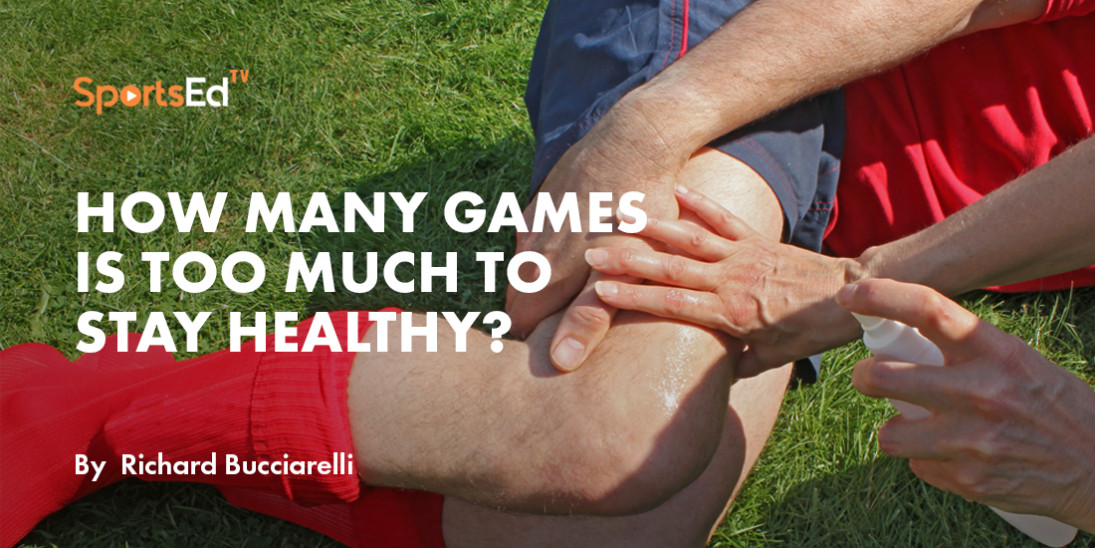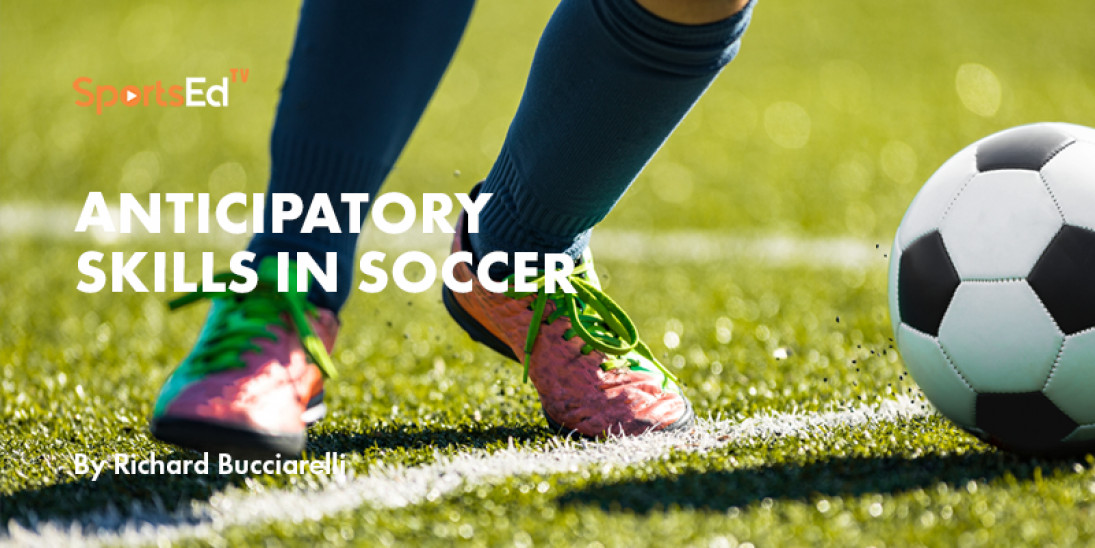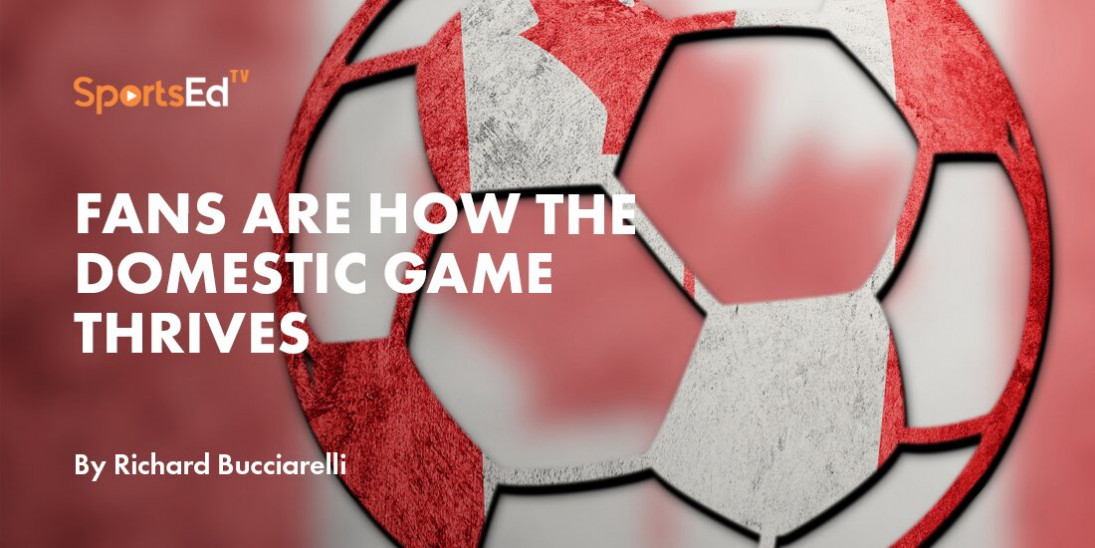Soccer
Welcome and thanks for visiting...

The Great Debate: Early vs Late Specialization
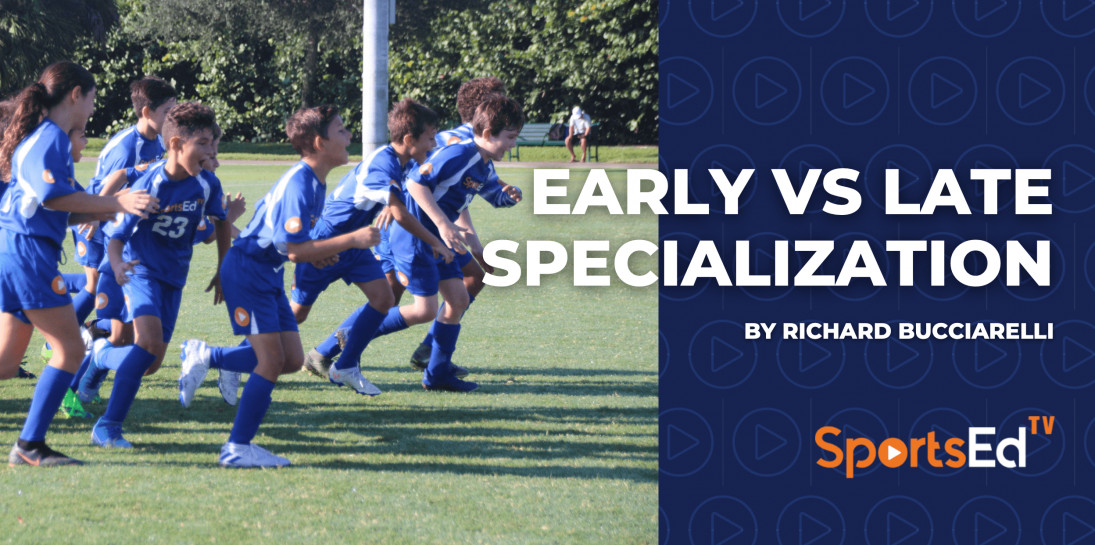
SportsEdTV Soccer is committed to bringing athletes, coaches, and parents pro-level Soccer education videos for FREE. All levels, anywhere, anytime. Check out our full instructional library and sign up to join our Soccer community.
The Great Debate: Early vs Late Specialization in Sports
Across many sports, there is a divide between coaches who prefer early specialization and those who advocate for late specialization. The former suggest that athletes should train only in their one sport, almost every day, from as young as 9 or 10 years old. On the other hand, the latter suggest that athletes are better off staying multi-sport until around 16 years old.
What does science have to say about this debate? Which method – early or late specialization – is the safest for youth athletes? And, which is more effective for reaching the top level?
The Early Specialization Model – Practice Makes Perfect
Early specialization has received an increasing amount of criticism in the last two decades, as youth sports have grown into full-time, year-round programs.
Nowadays, if a child shows promise in a team sport, like soccer or basketball, they can join a club or academy program that trains and has competitions throughout all 12 months of the year. But is this a productive thing for young athletes?

Is it ideal for youth athletes to specialize in one sport by age 10?
Promoters of this model support it because athletes get to accumulate many more practice hours in their one preferred sport, and these extra hours will accelerate their development and improvement in that particular sport.
While it seems obvious that playing more of a sport will make you better at it, unfortunately there are some problems that come with early specialization – primarily, an increased risk of injury.
Many studies, including one literature review conducted at the Ohio Department of Pediatrics and Orthopaedic Surgery in 2016, have shown a link between early sport specialization and increased injury rates in children. The same study also found evidence that early specialization leads to a decrease in motor skill development, which might be the cause of the increased injury risk.
What this means is that if you specialize early, you might perform better in your sport in the short-term, but you might lose out in terms of overall athletic development and increase your risk of injury in the long-term.
The Late Specialization Model – Good Things Come to Those Who Wait
The other path for promising young athletes is the late specialization model. In this approach, athletes participate in a variety of sports throughout a larger part of their development, and only focus on their preferred sport when they are older – sometimes as late as 16 or 17 years of age.
The common criticism of this model is that athletes don’t get to accumulate the same amount of practice hours in any one sport as they would if they specialized earlier; and of course this is true – by the time the athlete that specializes late decides to focus on one sport they will have much fewer hours in that sport than the athletes that specialized in it early.
If that is the case, what are the benefits of this model for young athletes? The science is clear. Firstly, a study published in the Handbook of Sport Psychology found that children who participated in multiple sports not only had fewer injuries, but also had a healthier sense of self and better social relationships with their peers.
Second, many studies, including one conducted at the University of Santa Barbara which looked at over 700 professional baseball players, found that late specialization led to better overall development and performance in the sport.
Among the large sample of pro baseball players studied, less than 25% had specialized before the age of 12; the average age of specialization was 15; and the players who specialized later were more likely to have received college scholarships – a clear indication that they had developed their talents to the optimal level as adolescents despite waiting to specialize and likely having less practice hours than their early-specialized counterparts.
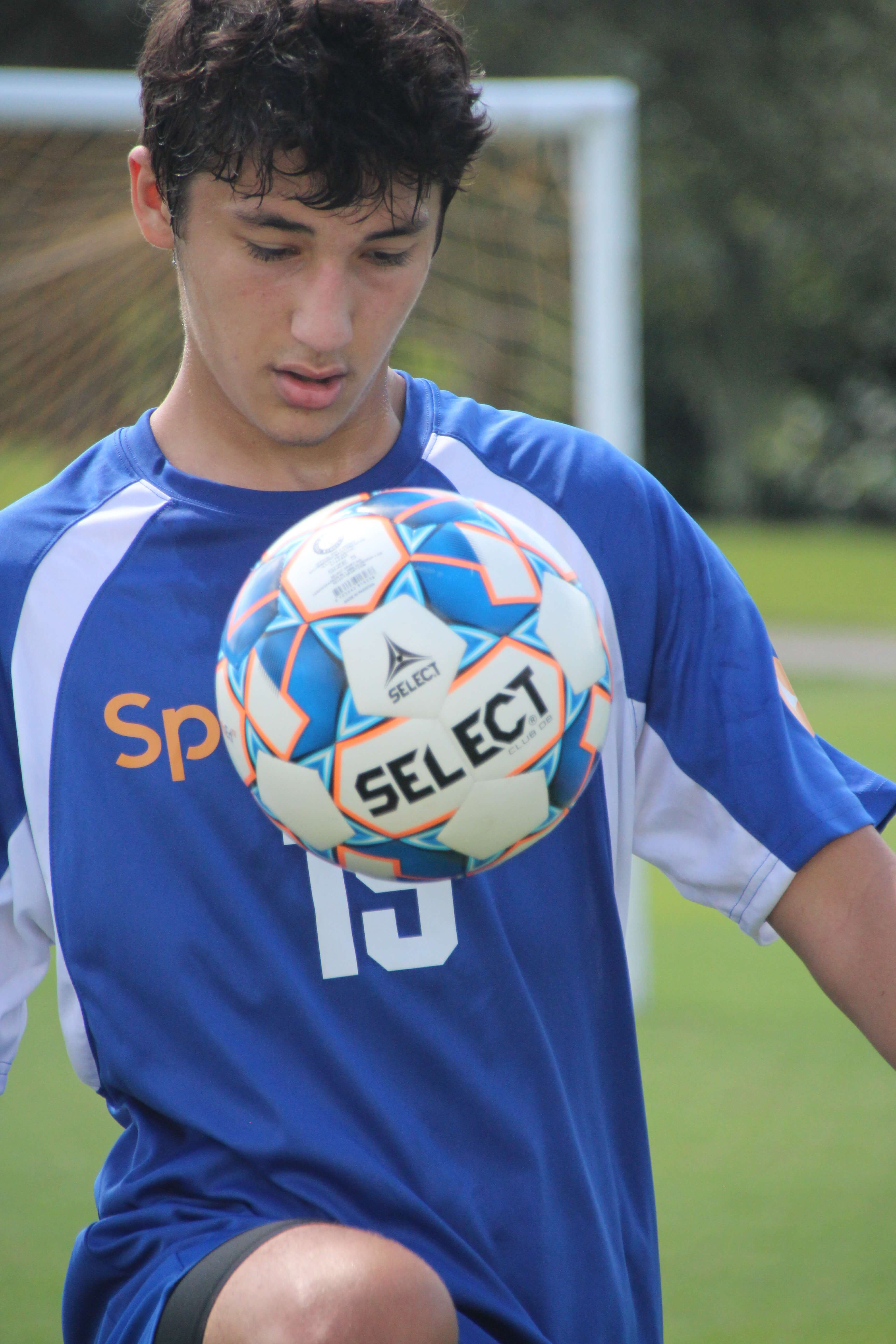
How and When Should Athletes Specialize?
Based on this research, late specialization is more often the better option for youth athletes. Athletes get injured less, develop more well-rounded motor skills and athletic capabilities, and healthier self-esteem and social relationships.
So, when should a young athlete specialize in his or her sport?
In a recent article published in the Journal of Scientific Research, a three-stage model of athletic sport development was proposed, to help guide parents, athletes and coaches in specialization.
The first stage, the Sampling Years, is the period before age 10 to 13. In these years, the focus should be on fun, physical movement, sportsmanship, and diversity of experience. In other words - Kids should "sample”, or, play multiple sports, and begin to understand which ones they might prefer.
The second stage of athletic development is the Specializing Years, corresponding to around the ages of 12-16 years. In this period, children can handle increased pressure, they can be more focused in training, and at some point during the specializing stage – as the name implies – one primary sport can be identified to SPECIALIZE in. This doesn’t mean they are only playing the one sport, but rather that their preferences are becoming clear and their time-split may grow uneven towards their favorite sport.
The final stage of athletic development is referred to as the Investment Years. At this stage, which begins at age 15 or 16, athletes are physically and psychologically developed enough to really specialize in just one sport. Of course, along with this specialization comes the opportunity – if they are talented and determined enough – to earn a spot in the higher levels of competition, including professional and national teams.
Many other studies, as well as articles written by top professional sports scientists and strength and conditioning coaches, have also recommended similar models to the 3-Stage model discussed here.
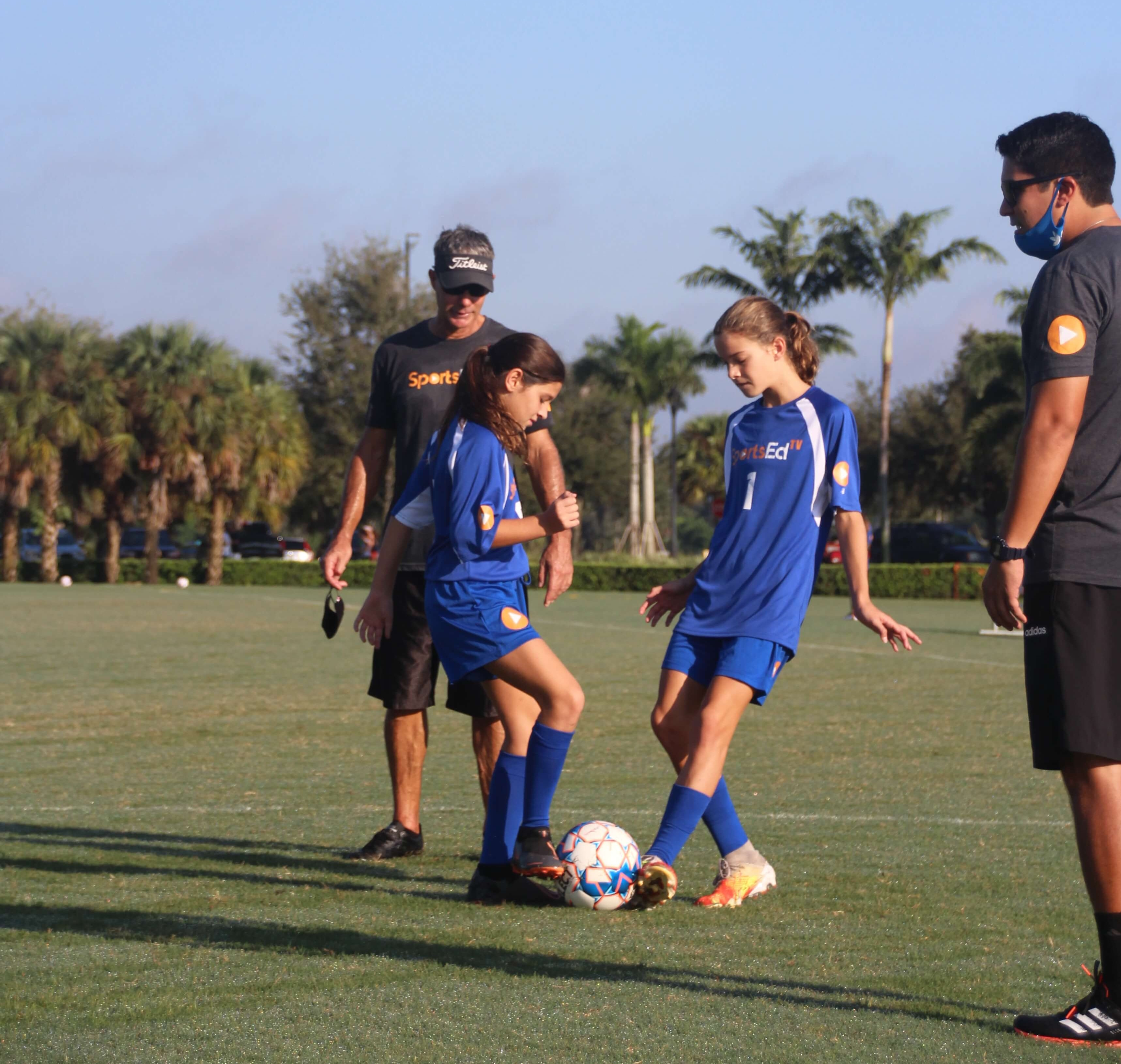
The 3-Stage model breaks youth development into 3 stages: Sampling, Specializing, and Investment
Ultimately, athletes, parents, and coaches should keep one thing in mind as they progress through the Sampling, Specializing, and Investment years: there is no rush in choosing one sport to focus on. The athlete's preferences are also an important factor that must be taken into account, and they should be aware of the two options and the general researched conclusions on each. Both parents and children should not be afraid of losing time by waiting to specialize until later years if that is what sounds more appropriate. The more sports a youth athlete plays – and the more often they play them – often the better off they will be.
References
Coté, J. (1999). The influence of the family in the development of talent in sports. The Sport Psychologist, 13, 395-417.
Coté, J., Baker, J., & Abernethy, B. (2007). Practice and Play in the Development of Sport Expertise. In Handbook of Sport Psychology (pp. 184-202). Hoboken, NJ: John Wiley & Sons, Inc.
https://onlinelibrary.wiley.com/doi/abs/10.1002/9781118270011.ch8
https://doi.org/10.1002/9781118270011.ch8
Ginsburg, R. D., Smith, S. R., Danforth, N., Ceranoglu, T. A., Durant, S. A., Kamin, H., Babcock, R., Robin, L., & Masek, B. (2014). Patterns of Specialization in Professional Baseball Players, Journal of Clinical Sport Psychology, 8(3), 261-275. Retrieved Jun 2, 2021, from http://journals.humankinetics.com/view/journals/jcsp/8/3/article-p261.xml
Myer GD, Jayanthi N, DiFiori JP, Faigenbaum AD, Kiefer AW, Logerstedt D, Micheli LJ. Sports Specialization, Part II: Alternative Solutions to Early Sport Specialization in Youth Athletes. Sports Health. 2016 Jan-Feb;8(1):65-73. doi: 10.1177/1941738115614811. Epub 2015 Oct 30. PMID: 26517937; PMCID: PMC4702158.
Follow SportsEdTV Soccer on Facebook and Instagram to stay up-to-date with the latest content


